While I cannot speak for the specific project you are talking about (my Spanish isn't so great), DC transmission lines are most definitely feasible. High-voltage DC (HVDC) has several advantages over AC transmission, one of the more significant ones being that it allows power to flow between AC grids with different frequencies or phase angles.
The List of HVDC projects should be enough to show you that it is definitely feasible under certain conditions, as there are quite a lot of HVDC transmission lines in use.
Additional advantages include lower losses in underwater/underground transmission lines (with AC underwater lines, the capacitive losses can be quite high), and even on regular air lines because HVDC lines do not transmit reactive power. Also, if an AC transmission line is built for a given AC voltage, the insulation must withstand the peak voltage, while RMS voltage and therefore power is ~70% of that. An HVDC system utilizing the same transmission line can operate at the peak rated voltage, achieving ~40% higher power throughput.
the physical size of the lines would be too large.
This seems like you are referring to the issue with low voltage transmission, which, irrespective of AC or DC, will incur I2R losses. But this is not something inherent to DC transmission (high voltage is used instead), rather this is inherent to low voltage transmission.



